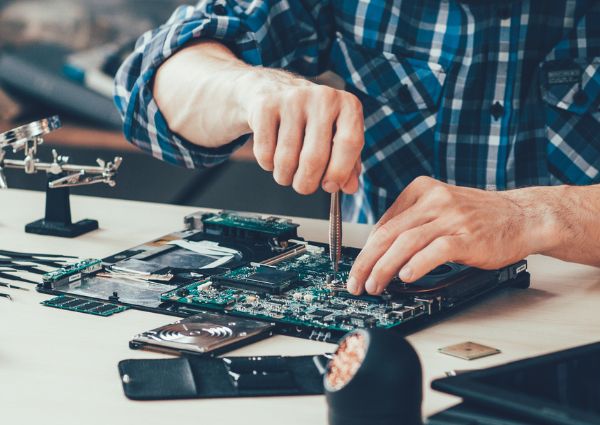
Reverse engineering is a problem-solving process that starts
with an existing answer instead of a question. The main application of reverse
engineering is in one of the following two cases:
• When we know
the answer to a problem. But we do not know what question this answer is the
answer to.
• When we know
the question and the answer. But we do not know what the path and process was
to reach this answer.
Usually, the
goal of reverse engineering is to extract the knowledge or design hidden in a
product (goods or services). This is generally done with the aim of reproducing
that product or analyzing that product.
Analog and digital
circuits
Circuit
hardware includes various electronic components that are placed on a printed
circuit or PCB (Printed Circuit Board) that has different materials and types.
Depending on the type of design, hardware can be completely analog, completely
digital, or a combination of these two technologies.
Reverse
engineering of electronic circuits is done to obtain the knowledge and initial
design files of an electronic product. The documents and documentation that
ultimately result from this process include the printed circuit board (PCB)
file, the schematic file, and the parts list file.
Finally, based
on the information obtained from the original model, it is possible to
manufacture prototypes on a prototype and industrial scale.
Unlocking and
reading the code of various types of ICs
Usually,
programmable ICs used in the production and supply of final electronic products
use the locking feature. This means that in the reverse engineering process of
an electronic board that has programmable ICs, it is not possible to read the
hex codes of the IC for copying.
Therefore,
considering the requests of customers and the importance of this issue, the services
of unlocking ICs and copying their hex codes and transferring them to a new IC
have been provided.
© 2025 All Rights Reserved by Appex

 English
English